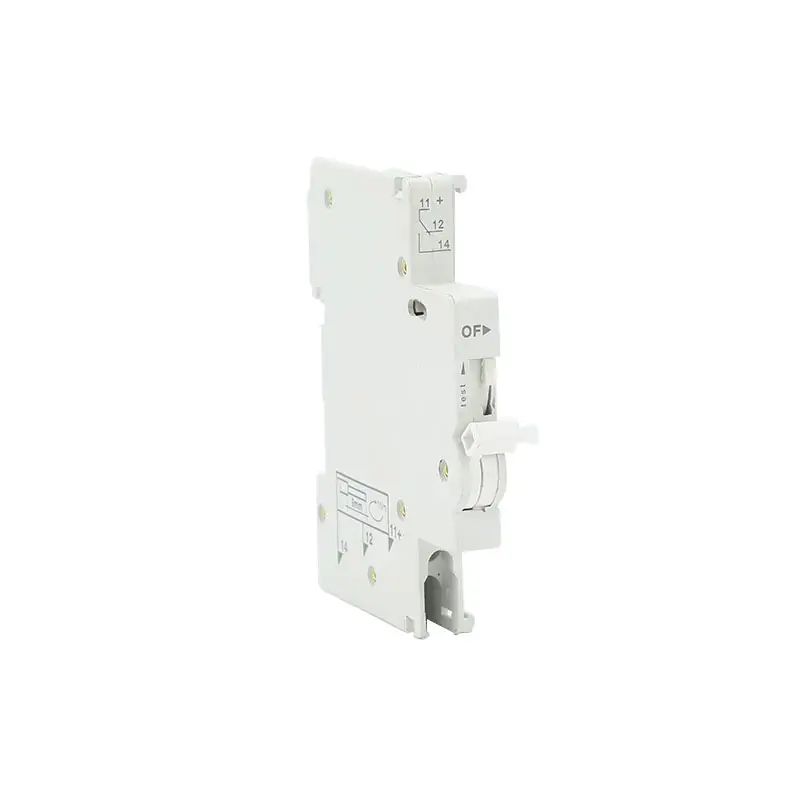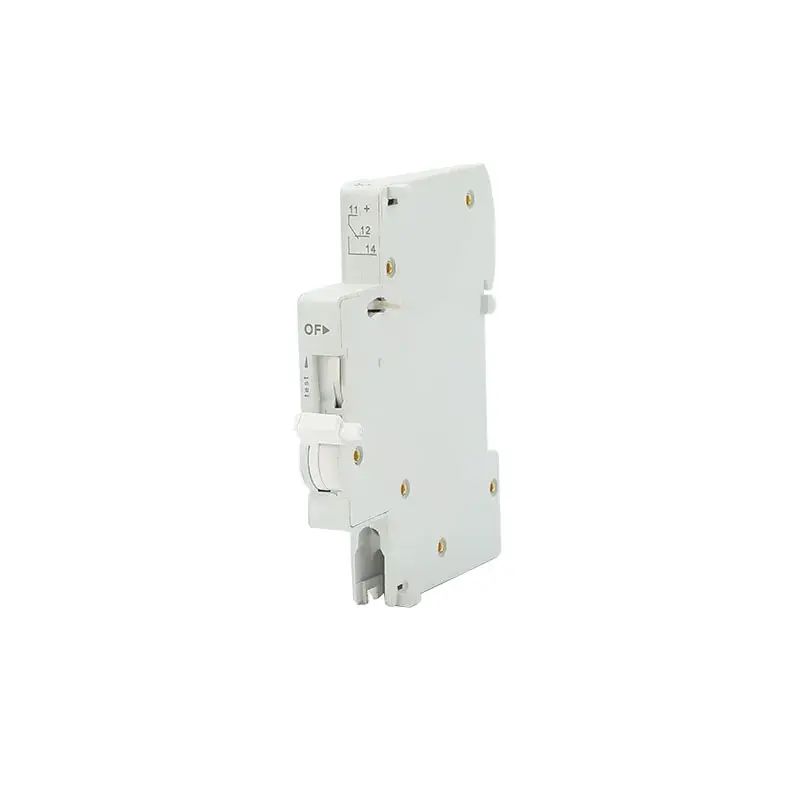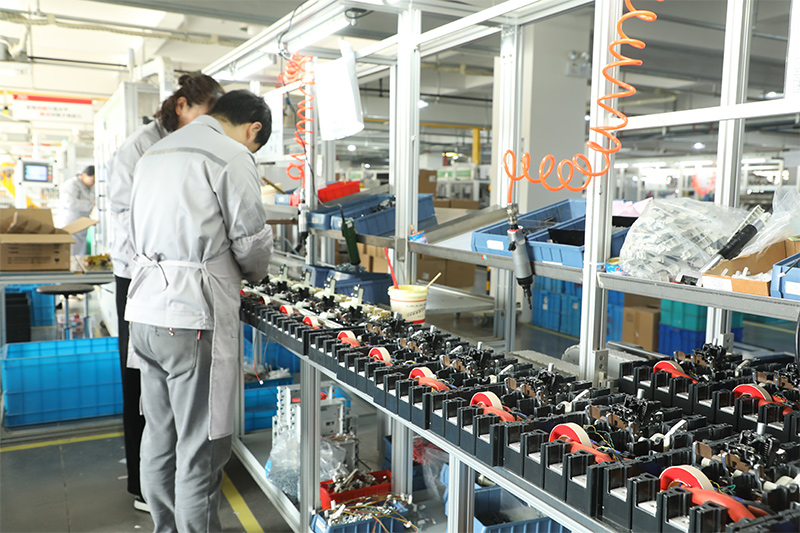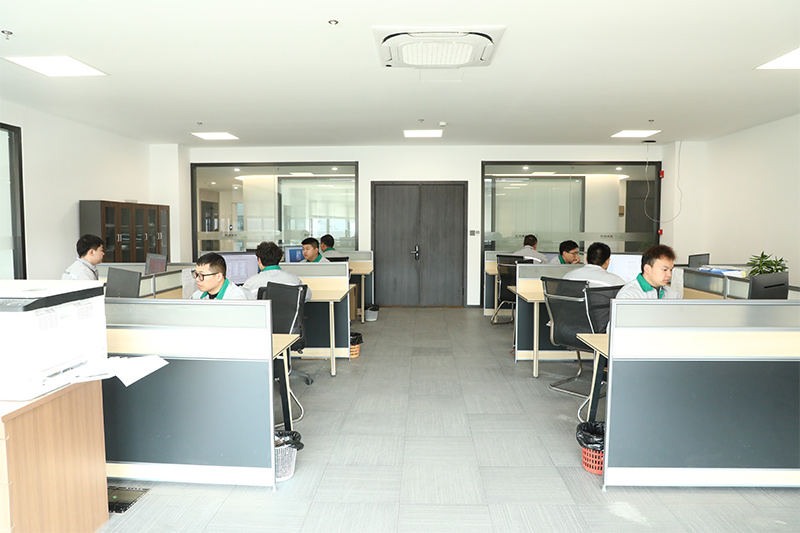JCOF Auxiliary Contact
Introduction
A JCOF auxiliary contact (or switch) is an auxiliary contact added to a circuit to protect the main contact. This accessory allows you to check the status of your miniature circuit breaker or supplementary protector from a remote location, providing convenience and enhanced monitoring capabilities. Auxiliary contacts facilitate efficient management of electrical systems by remotely determining whether a circuit breaker is open or closed. Furthermore, the functionality of the auxiliary contact goes beyond remote status indication as it plays a vital role in preventing unnecessary power being supplied to the contactor coil in the event of a power circuit failure.
The function of a miniature circuit breaker is to protect the motor by cutting off the power supply in the event of a fault such as a short circuit or overload. However, closer inspection of the control circuit revealed that the connection may have remained closed, causing unnecessary powering of the contactor coil. This is where auxiliary contacts come into play, providing an extra level of control to prevent situations like this from happening.
The function of an auxiliary contact is to allow one switch to control another switch (usually a larger switch). It consists of a coil with two sets of low-current contacts at each end and high-power contacts inside. Contact groups designated as "low voltage" are often identified, clearly indicating their purpose in the circuit. This demonstrates the versatility and importance of auxiliary contacts in ensuring efficient and safe operation of electrical systems.
The auxiliary contacts are similar to the main power contactor coils and are designed to operate continuously throughout the plant and are equipped with a time delay element to prevent arcing and potential damage if the auxiliary contacts open while the main contactor is still energized. This feature ensures the safe and reliable operation of the electrical system.
Auxiliary contacts serve a variety of purposes and are critical to the efficient operation and protection of electrical equipment. They are used to obtain feedback from the main contactor in the event of a trip, providing valuable information for troubleshooting and maintenance. Additionally, auxiliary contacts play a vital role in protecting circuit breakers and other equipment, helping to better protect against electrical damage and reduce the likelihood of electrical failure. By enhancing the durability of circuit breakers, auxiliary contacts help increase the overall reliability and service life of electrical systems, making them an indispensable component in industrial and commercial applications.
Product Description
Main Features
● OF: Auxiliary, it can provide MCB "trip" and "close" status information, providing valuable feedback for the status of circuit protection devices.
● Indicates the location of device contacts for easy monitoring and visual confirmation of MCB operation.
● Special pin design is adopted and installed on the left side of MCB/RCBO to ensure convenient and safe installation while maintaining correct alignment with the circuit protection device.
Difference between the main contact and the auxiliary contact:
| MAIN CONTACT | AUXILIARY CONTACT |
| In an MCB, it is the principal contact mechanism that connects the load to the supply. | Control, indicator, alarm, and feedback circuits use auxiliary contacts, also known as helpful contacts |
| The main contacts are NO (normally open) contacts, which signifies they will only establish contact when the MCB’s magnetic coil is powered. | Both NO (Normally Open) and NC (Normally Closed) contacts are accessible in auxiliary contact |
| Main contact carries high voltage and high current | Auxiliary contact carries low voltage and low current |
| Sparking occurs due to high current | No sparking occurs in auxiliary contact |
| Main contacts are main terminal connection and motor connections | Auxiliary contacts are utilised primarily in control circuits, indication circuits, and feedback circuits. |
Technical Data
| Standard | IEC61009-1 , EN61009-1 | ||
| Electrical features | Rated value | UN(V) | In (A) |
| AC415 50/60Hz | 3 | ||
| AC240 50/60Hz | 6 | ||
| DC130 | 1 | ||
| DC48 | 2 | ||
| DC24 | 6 | ||
| Configurations | 1 N/O+1N/C | ||
| Rated impulse withstand voltage(1.2/50) Uimp (V) | 4000 | ||
| Poles | 1 Pole (9mm Width) | ||
| Insulation voltage Ui (V) | 500 | ||
| Dielectric TEST voltage at ind.Freq.for 1 min (kV) | 2 | ||
| Pollution degree | 2 | ||
| Mechanical features | Electrical life | 6050 | |
| Mechanical life | 10000 | ||
| Protection degree | IP20 | ||
| Ambient temperature (with daily average ≤35℃) | -5...+40 | ||
| Storage temperation (℃) | -25...+70 | ||
| Installation | Terminal connection type | Cable | |
| Terminal size top/bottom for cable | 2.5mm2 / 18-14 AWG | ||
| Tightening torque | 0.8 N*m / 7 In-Ibs. | ||
| Mounting | On DIN rail EN 60715 (35mm) by means of fast clip device | ||
010203040506

 JCB1-125
JCB1-125 JCB2-40M
JCB2-40M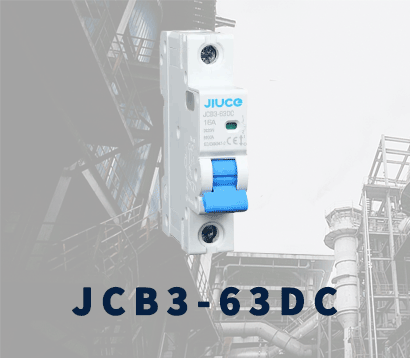 JCB3-63DC
JCB3-63DC JCB3-80H
JCB3-80H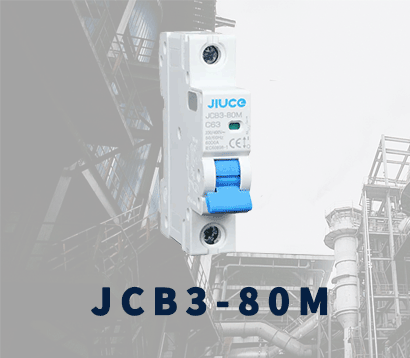 JCB3-80M
JCB3-80M JCBH-125
JCBH-125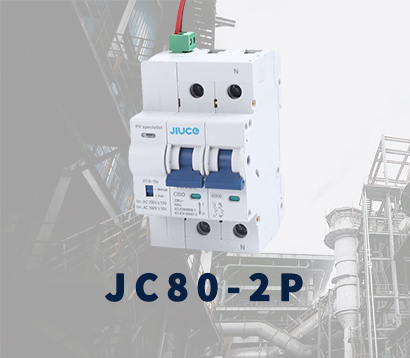 JC80-2P
JC80-2P JC80-4P
JC80-4P JC125-2P
JC125-2P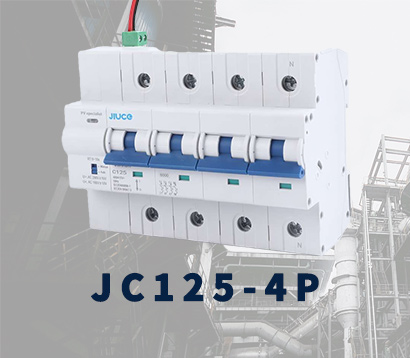 JC125-4P
JC125-4P JCMX
JCMX JCSD
JCSD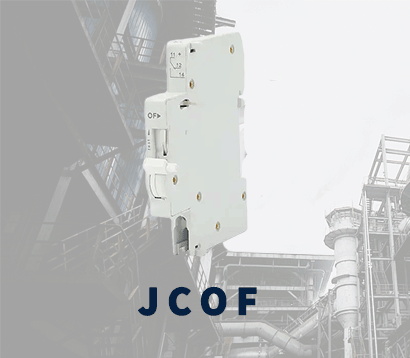 JCOF
JCOF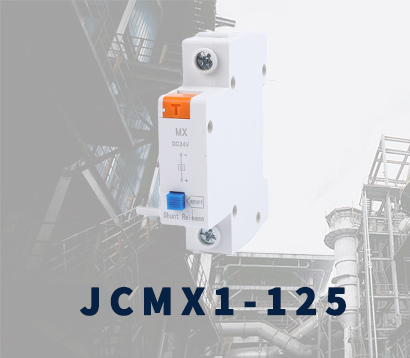 JCMX1-125
JCMX1-125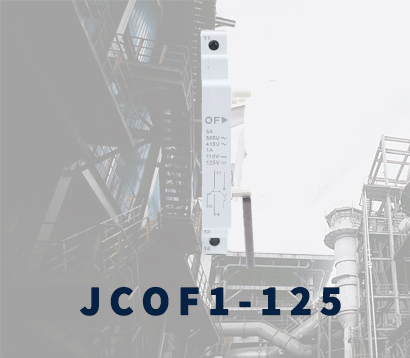 JCOF1-125
JCOF1-125 JCSD1-125
JCSD1-125 JCRD4-125
JCRD4-125 JCRB2-100
JCRB2-100 JCR2-63
JCR2-63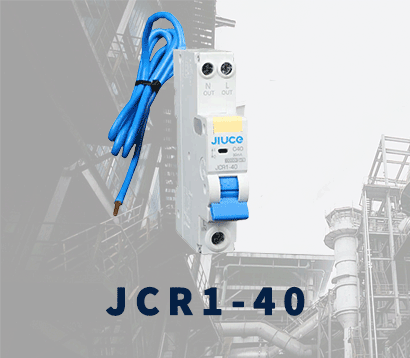 JCR1-40
JCR1-40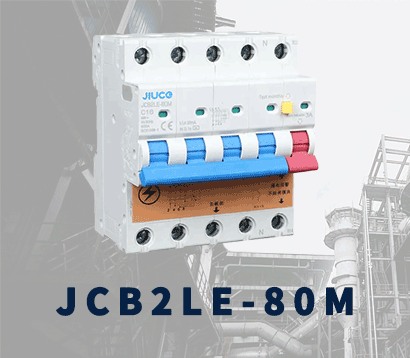 JCB2LE-80M
JCB2LE-80M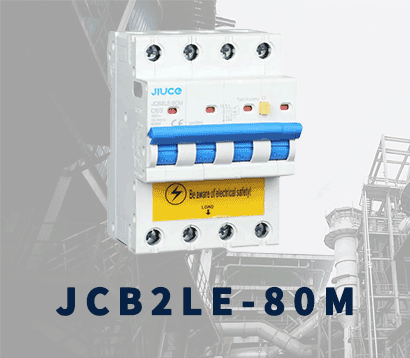 JCB2LE-80M
JCB2LE-80M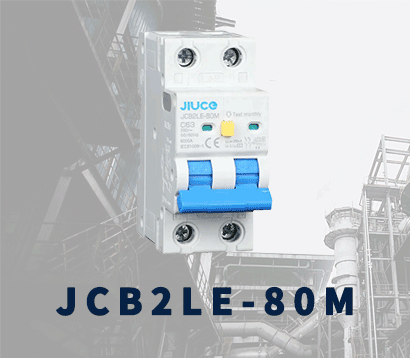 JCB2LE-80M
JCB2LE-80M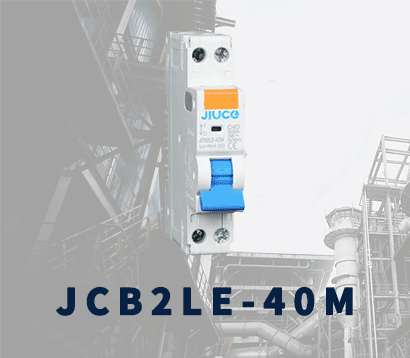 JCB2LE-40M
JCB2LE-40M JCB1LE-125
JCB1LE-125 JCB3LM-80
JCB3LM-80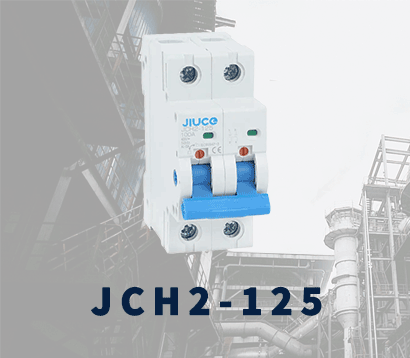 JCH2-125
JCH2-125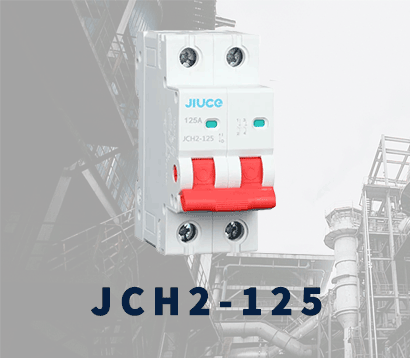 JCH2-125
JCH2-125 CJX2
CJX2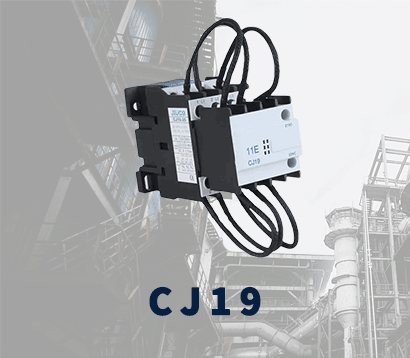 CJ19
CJ19 JCMCU
JCMCU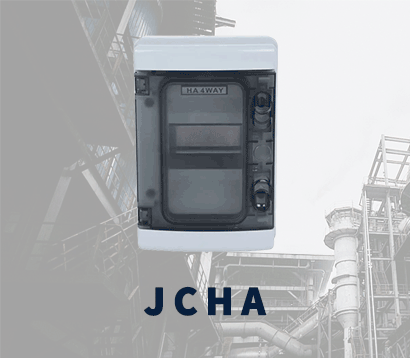 JCHA
JCHA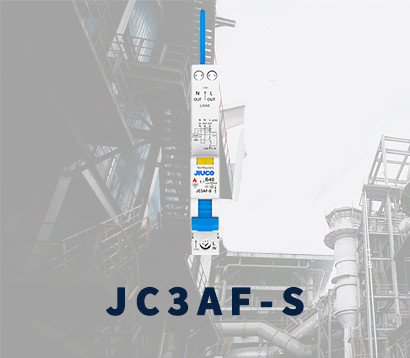 JC3AF-S
JC3AF-S JC3AE
JC3AE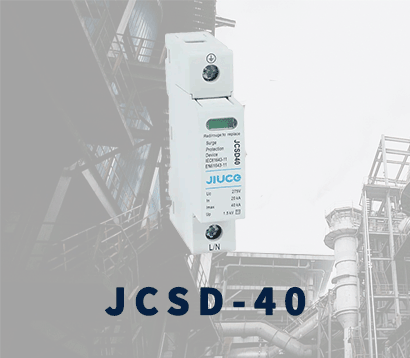 JCSD-40
JCSD-40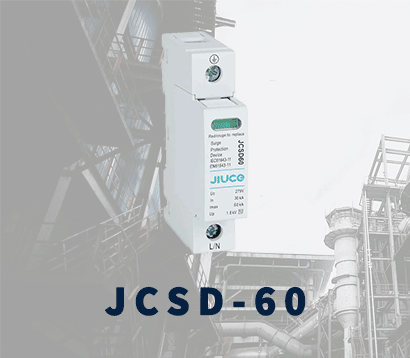 JCSD-60
JCSD-60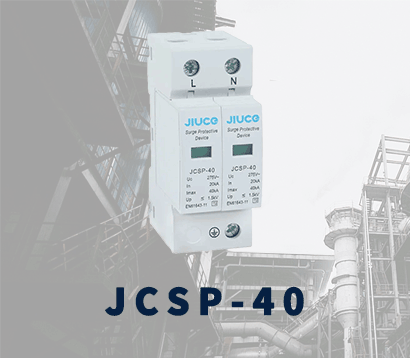 JCSP-40
JCSP-40 JCSP-60
JCSP-60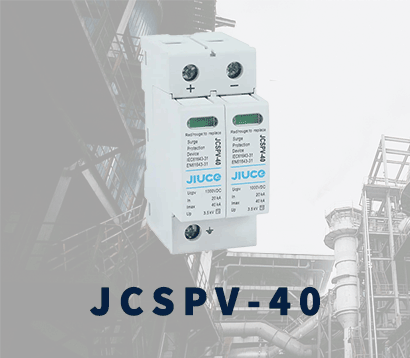 JCSPV
JCSPV WEW1-1000
WEW1-1000 WEW1-1600
WEW1-1600 WEW1-2000
WEW1-2000 WEW1-3200
WEW1-3200 WEW1-4000
WEW1-4000 WEW1-6300
WEW1-6300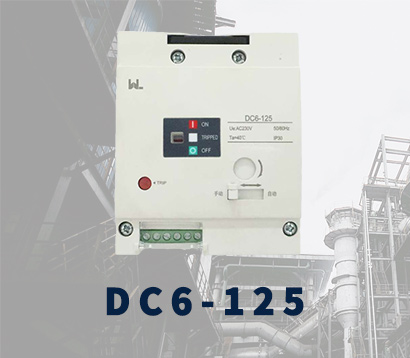 DC6-125
DC6-125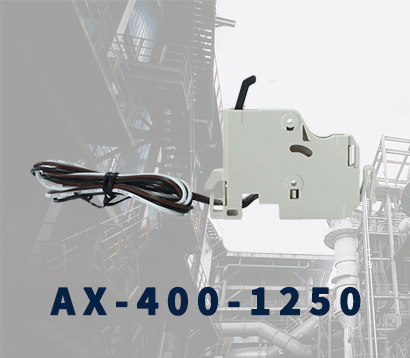 AX-400-1250
AX-400-1250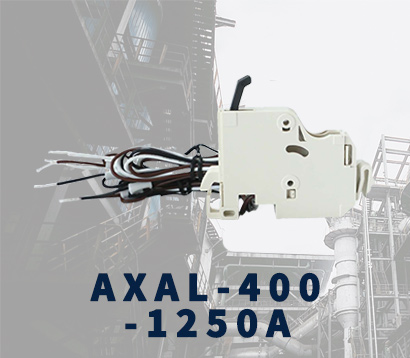 AXAL-400-1250A
AXAL-400-1250A AL-400-1250
AL-400-1250 DC3-160
DC3-160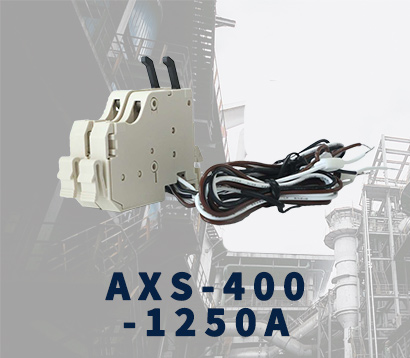 AXS-400-1250A
AXS-400-1250A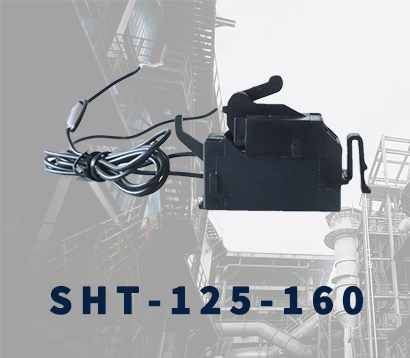 SHT-125-160
SHT-125-160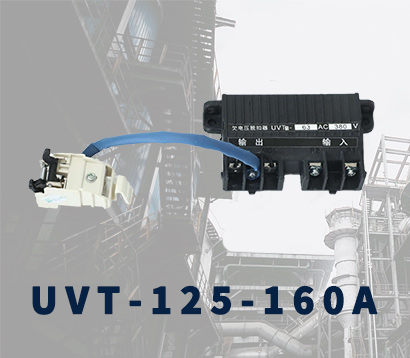 UVT-125-160A
UVT-125-160A 400-3P/4P terminal cover
400-3P/4P terminal cover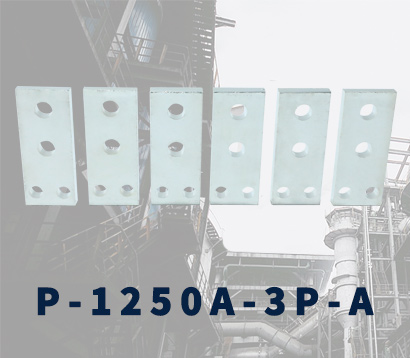 1250-3Pmccb accessories busbar
1250-3Pmccb accessories busbar 250-3P terminal conver
250-3P terminal conver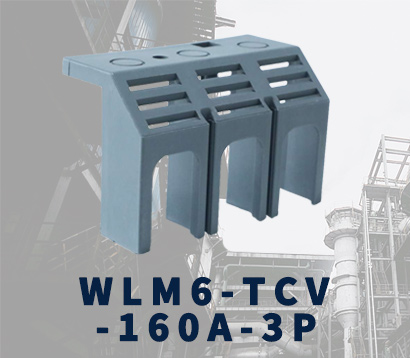 WLM6-TCV-160A-3P
WLM6-TCV-160A-3P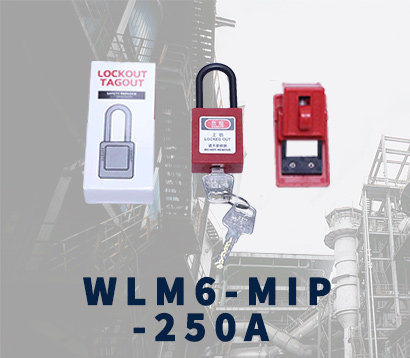 WLM6-MIP-250A
WLM6-MIP-250A WLM6-125A-3300 3P/4P
WLM6-125A-3300 3P/4P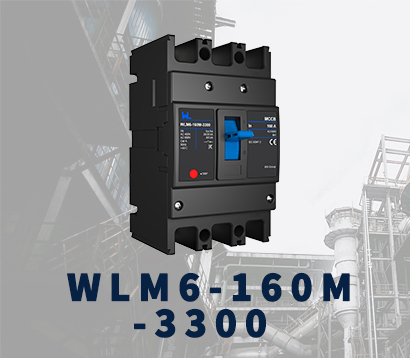 WLM6-160A-3300 3P/4P
WLM6-160A-3300 3P/4P WLM6-250A-3300 3P/4P
WLM6-250A-3300 3P/4P WLM6-400A-3300 3P/4P
WLM6-400A-3300 3P/4P WLM6-630A-3300 3P/4P
WLM6-630A-3300 3P/4P WLM6-800A-3300 3P/4P
WLM6-800A-3300 3P/4P WLM6-1250A-3300 3P/4P
WLM6-1250A-3300 3P/4P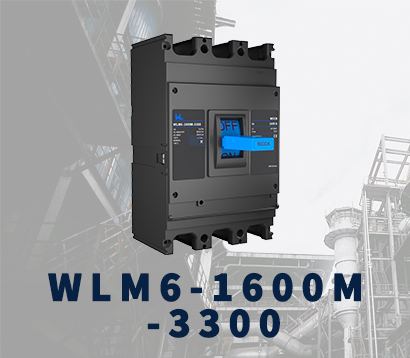 WLM6-1600A-3300 3P/4P
WLM6-1600A-3300 3P/4P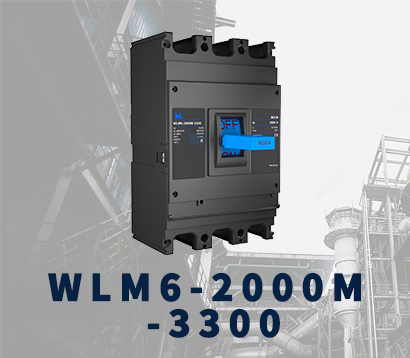 WLM6-2000A 3P/4P
WLM6-2000A 3P/4P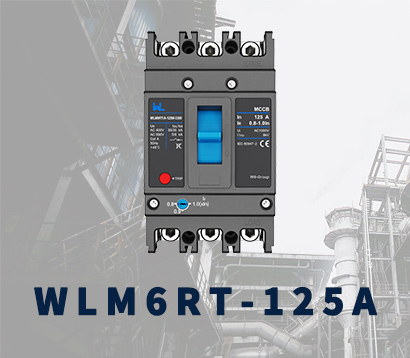 WLM6RT-125A
WLM6RT-125A WLM6RT-160A
WLM6RT-160A WLM6RT-250A
WLM6RT-250A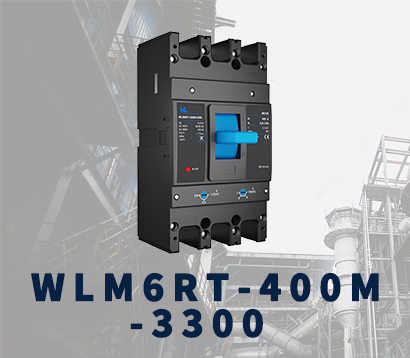 WLM6RT-400A
WLM6RT-400A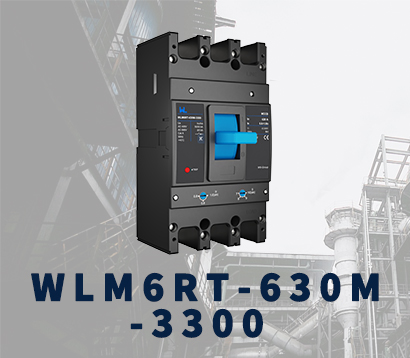 WLM6RT-630A
WLM6RT-630A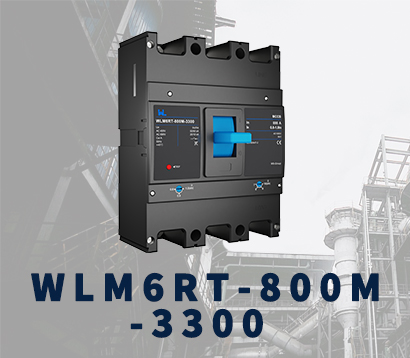 WLM6RT-800A
WLM6RT-800A WLM6RT-1250A
WLM6RT-1250A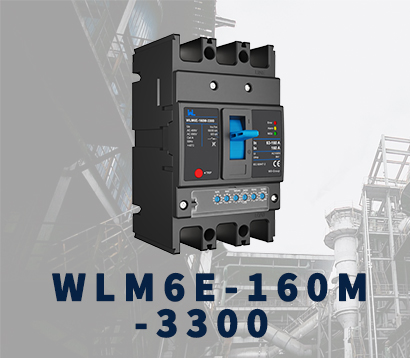 WLM6E-160A-3300 3P
WLM6E-160A-3300 3P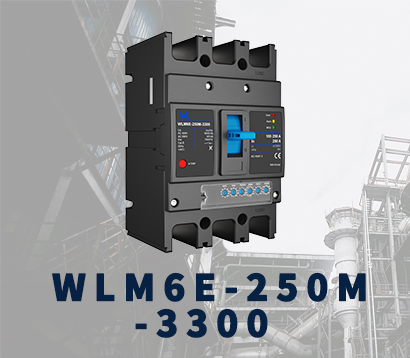 WLM6E-250A-3300
WLM6E-250A-3300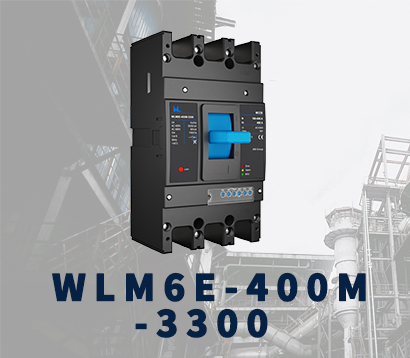 WLM6E-400A-3300 3P/4P
WLM6E-400A-3300 3P/4P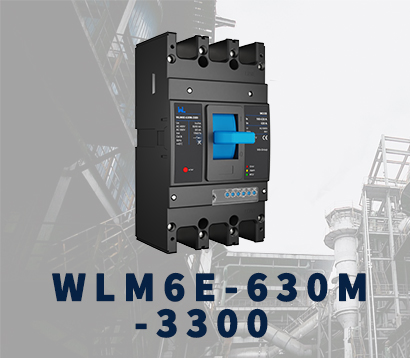 WLM6E-630A-3300
WLM6E-630A-3300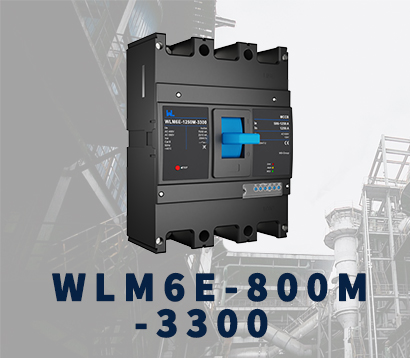 WLM6E-800A-3300 3P/4P
WLM6E-800A-3300 3P/4P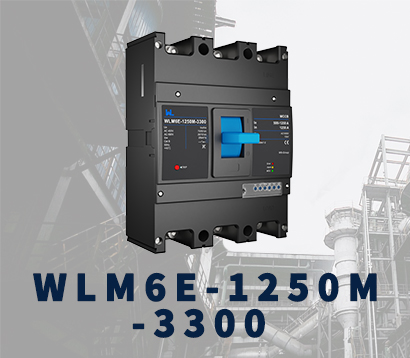 WLM6E-1250A-3300
WLM6E-1250A-3300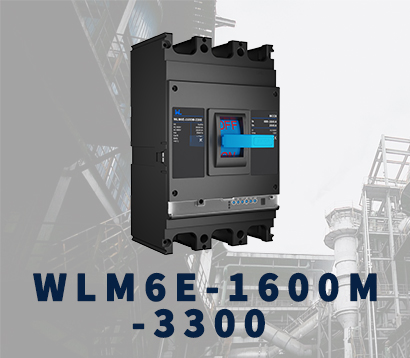 WLM6E-1600-3300 3P/4P
WLM6E-1600-3300 3P/4P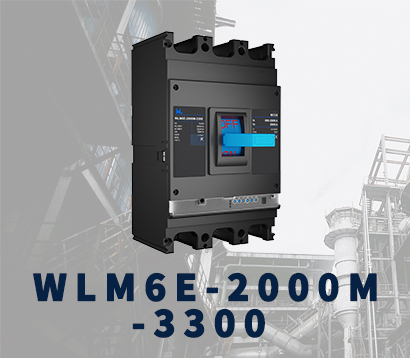 WLM6E-2000A-3300 3P/4P
WLM6E-2000A-3300 3P/4P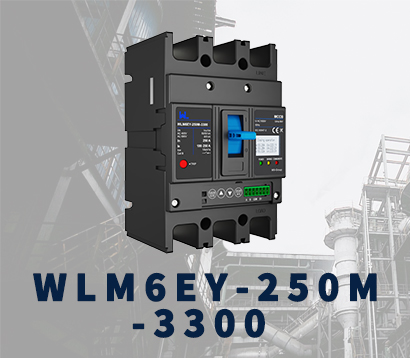 WLM6EY-250-3300 3P/4P
WLM6EY-250-3300 3P/4P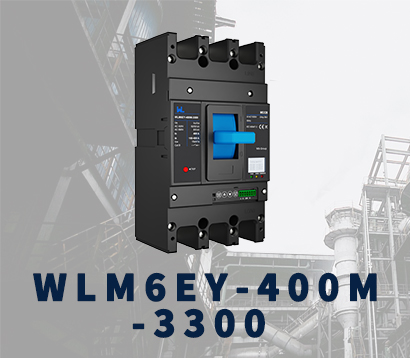 WLM6EY-400 3P/4P
WLM6EY-400 3P/4P WLM6EY-630 3P/4P
WLM6EY-630 3P/4P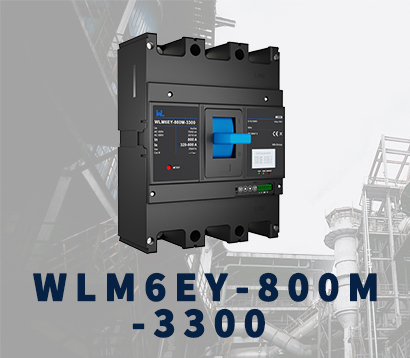 WLM6EY-800A 3P/4P
WLM6EY-800A 3P/4P WLM6EY-1250A 3P/4P
WLM6EY-1250A 3P/4P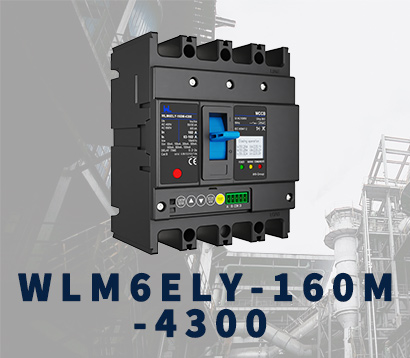 WLM6ELY-160A
WLM6ELY-160A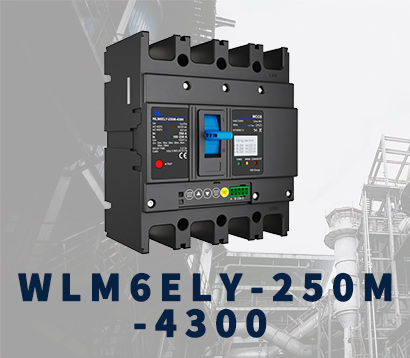 WLM6ELY-250A
WLM6ELY-250A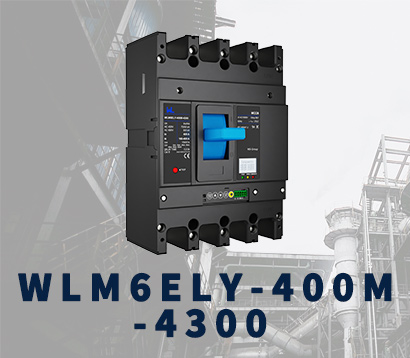 WLM6ELY-400A
WLM6ELY-400A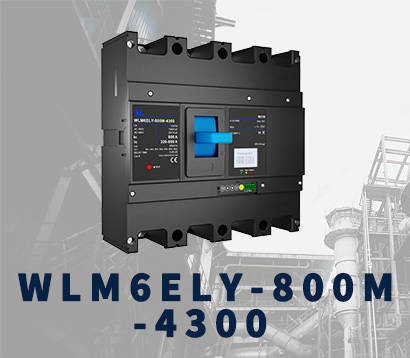 WLM6ELY-800A
WLM6ELY-800A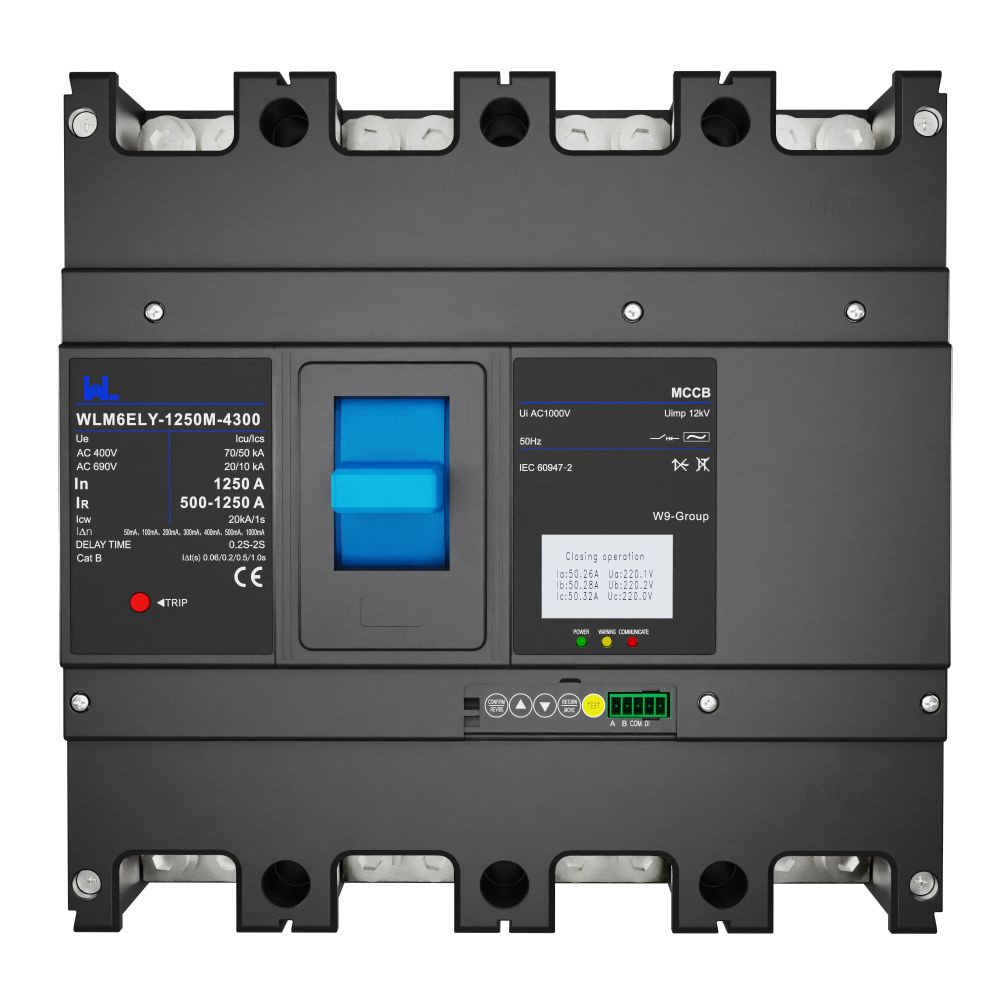 WLM6ELY-1250A
WLM6ELY-1250A WLM6LY-125A
WLM6LY-125A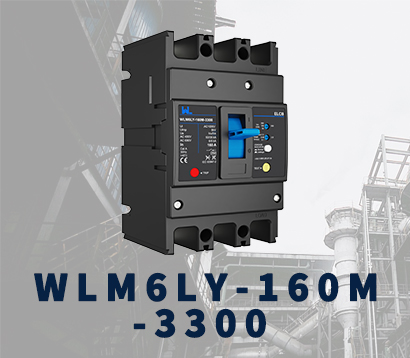 WLM6L-160A
WLM6L-160A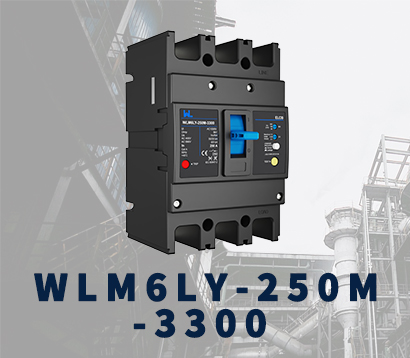 WLM6LY-250A
WLM6LY-250A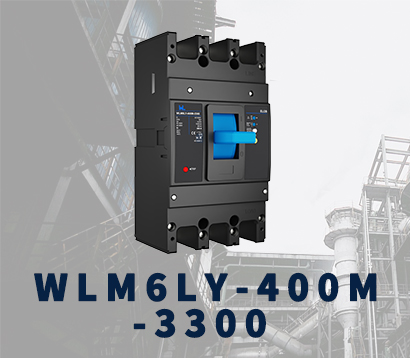 WLM6LY-400A
WLM6LY-400A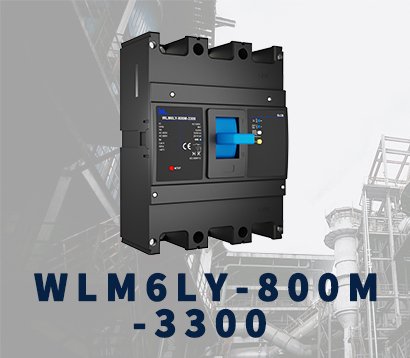 WLM6LY-800A
WLM6LY-800A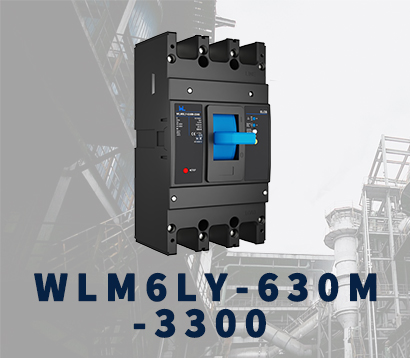 WLM6LY-630A
WLM6LY-630A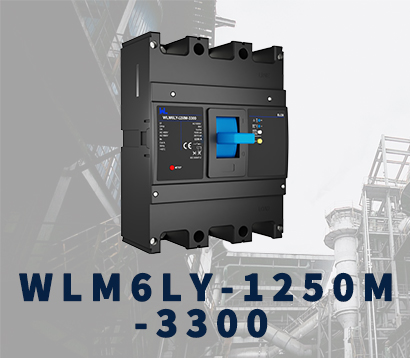 WLM6LY-1250A
WLM6LY-1250A JCB3-63DC
JCB3-63DC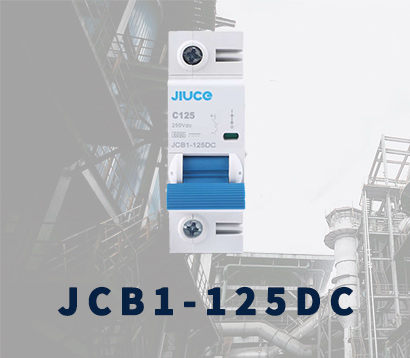 JCB1-125DC
JCB1-125DC P-250A-3P-A
P-250A-3P-A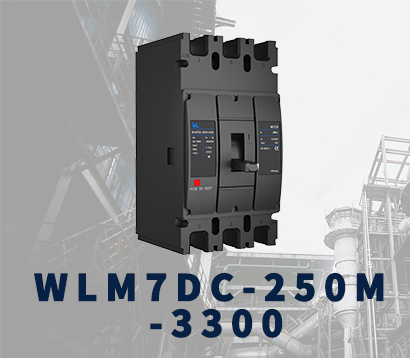 WLM7DC-250A-2300 2P/3P
WLM7DC-250A-2300 2P/3P WLM7DC-315A-3300 2P/3P
WLM7DC-315A-3300 2P/3P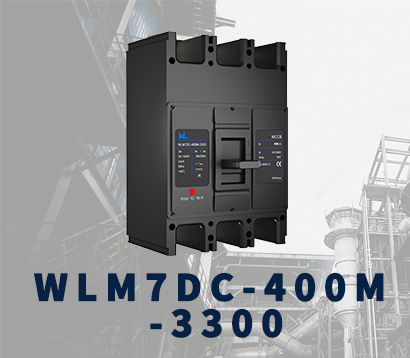 WLM7DC-400A-2300 2P/3P
WLM7DC-400A-2300 2P/3P WLM7DC-630A-3300 3P
WLM7DC-630A-3300 3P WLM7DC-800A-2300 2P/3P
WLM7DC-800A-2300 2P/3P WLM7DC-400A 2300
WLM7DC-400A 2300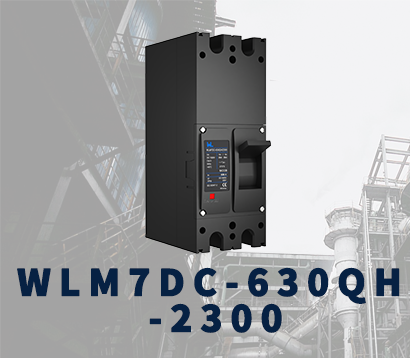 WLM7DC-630A-2300 2P
WLM7DC-630A-2300 2P WLM7HU-250-3300 3P
WLM7HU-250-3300 3P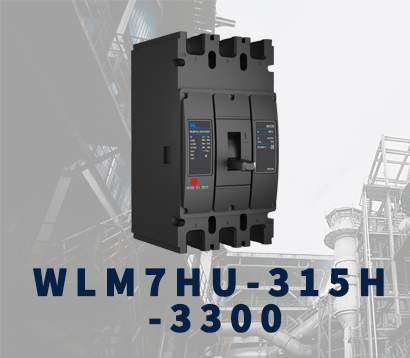 WLM7HU-315-3300 3P
WLM7HU-315-3300 3P WLM7HU-400-3300 3P
WLM7HU-400-3300 3P WLM7HU-630-3300 3P
WLM7HU-630-3300 3P WLM7HU-800-3300 3P
WLM7HU-800-3300 3P PV-1500V/250A
PV-1500V/250A WEW3-1600
WEW3-1600 WEW3-2500
WEW3-2500 WEW3-4000
WEW3-4000 WEW3-7500
WEW3-7500





